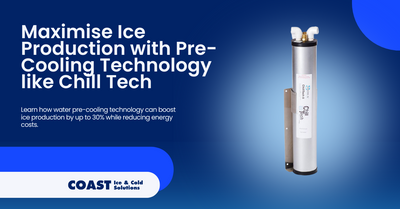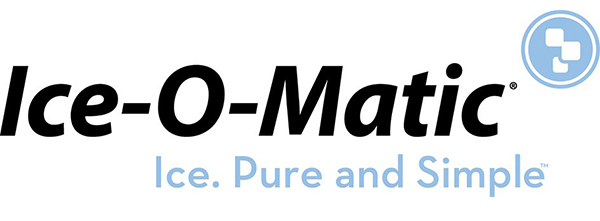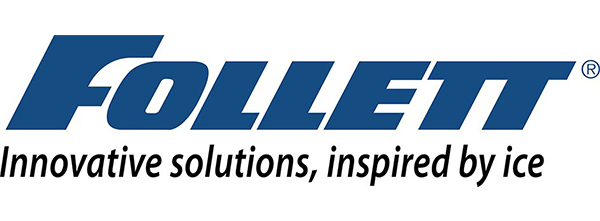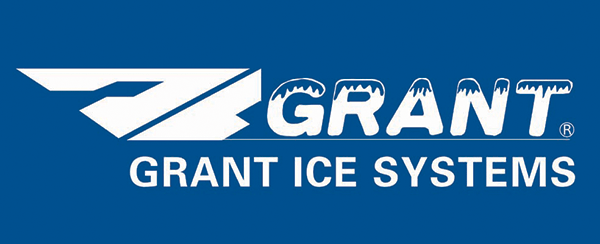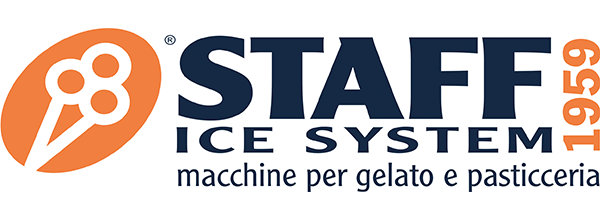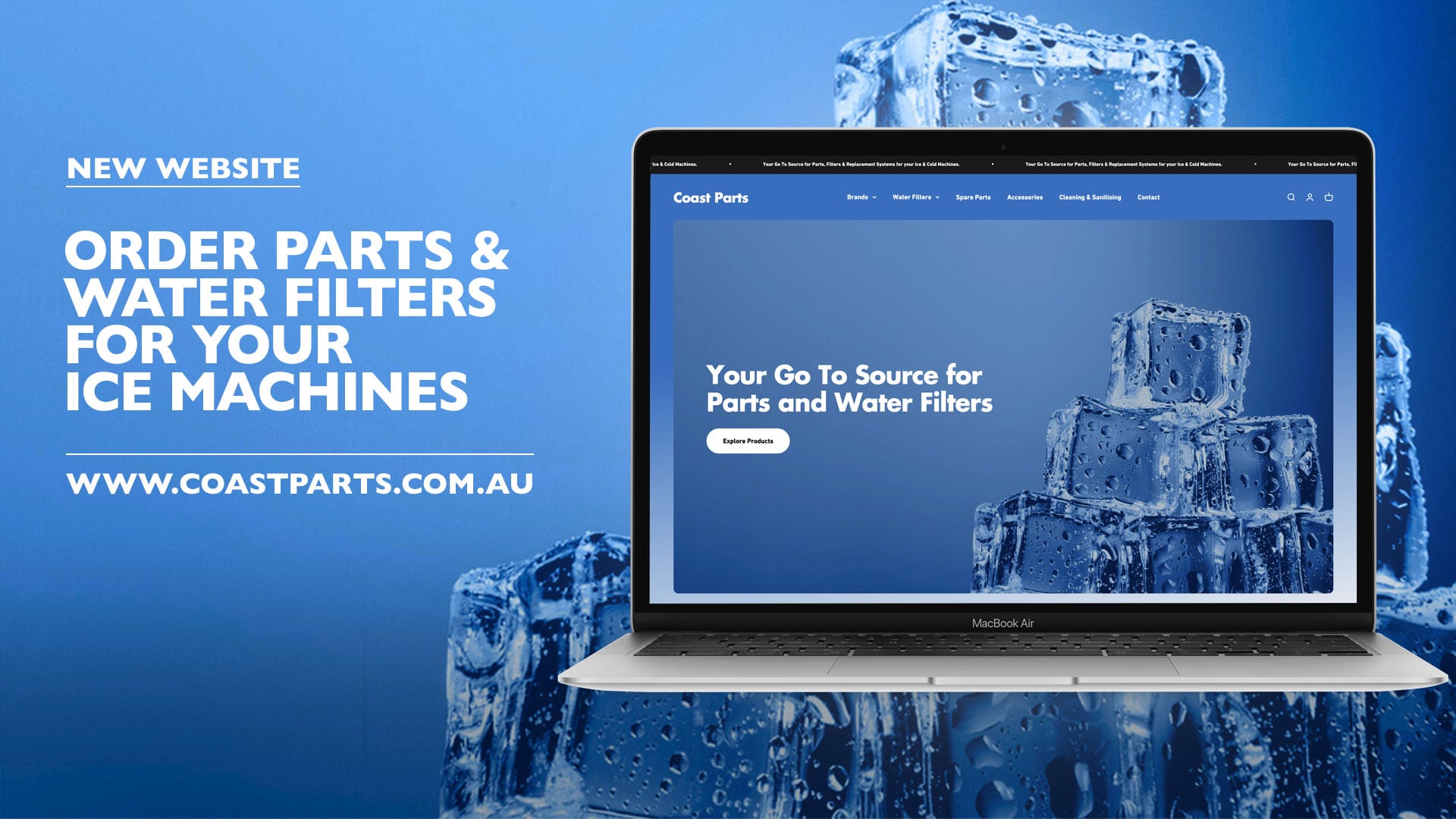Maximise Ice Production with Pre-Cooling Technology like Chill Tech
The Coast Team on 13th Mar 2025
The science behind efficient ice production is straightforward yet often overlooked. The temperature of water entering an ice machine directly affects how quickly and efficiently that water can be frozen. Higher initial water temperatures require more energy and time to cool and freeze, placing additional strain on ice machines and extending production cycles.
Water pre-cooling technology operates on a simple principle: reducing the temperature of incoming water before it enters the ice making system. This seemingly minor adjustment creates a significant efficiency advantage, as the ice machine now requires substantially less energy to complete the freezing process.
The Chill Tech system exemplifies this approach through its innovative heat exchanger design. As a passive system, it uses the coldness from the ice machine's drain water to pre-cool the incoming water supply. This clever recycling of cooling energy that would otherwise be wasted creates a continuous efficiency cycle that benefits the entire ice production process.
Unlike active cooling systems that require additional power inputs, Chill Tech's passive design means no electricity is required for operation—an important distinction that contributes to its overall efficiency advantages and lower operational costs.
The Technical Mechanics of Efficient Water Pre-Cooling
To understand how water pre-cooling systems like Chill Tech function in practice, it's helpful to examine the technical mechanics behind their operation. The system utilises a specialised heat exchanger design that maximises thermal transfer between two water sources without allowing them to mix.
In standard ice machine operations, cold water from the ice making process drains away, taking valuable cooling energy with it. The Chill Tech system captures this energy through a counterflow heat exchange process. Incoming supply water flows through the system in one direction, while drain water from the ice machine flows in the opposite direction. This counterflow design maximises the efficiency of thermal transfer.
The heat exchanger core is constructed from food-grade materials that ensure durability while maintaining water quality. Its design creates substantial surface area for thermal exchange while maintaining appropriate flow rates for both incoming and outgoing water.
A typical installation connects to the cold water feed line that supplies the ice machine and to the drain line. This configuration creates a closed loop system that continuously pre-cools incoming water without affecting water pressure or quality. The system is engineered to operate within existing plumbing configurations, requiring minimal modifications during installation.
Quantifiable Benefits for Australian Food Service Operations
The advantages of implementing water pre-cooling technology extend beyond theoretical efficiency. Australian businesses using the Chill Tech system have reported several quantifiable benefits that directly impact their bottom line:
Increased Production Capacity
By reducing incoming water temperatures, ice machines can complete freezing cycles significantly faster. This increased cycle speed translates to greater overall production capacity—up to 30% more ice from the same machine. For businesses that frequently reach their ice production limits during peak periods, this increased capacity can eliminate the need to purchase additional ice or invest in larger machines.
A restaurant in Sydney reported that after installing Chill Tech, their ice machine could maintain consistent supply even during weekend dinner rushes—a period that previously required supplementary ice purchases due to production limitations.
Energy Efficiency Improvements
The energy savings associated with water pre-cooling are substantial. By reducing the work required from the compressor and refrigeration system, these technologies have demonstrated energy reductions of up to 30% for ice production. This efficiency improvement not only reduces electricity costs but also decreases the carbon footprint of commercial ice production.
For perspective, a mid-sized restaurant operating a standard 270kg capacity ice machine might save approximately 2,500 kWh annually after implementing water pre-cooling technology—equivalent to the annual electricity usage of many Australian households.
Extended Equipment Lifespan
Less strain on ice machine components results in reduced wear and maintenance requirements. The compressor, typically the most expensive component to repair or replace, operates for shorter periods and under less stress when incoming water is pre-cooled. Many businesses report extended service intervals and longer overall equipment lifespan after installing water pre-cooling systems.
Implementation Considerations and Best Practices
Successfully implementing water pre-cooling technology requires careful planning and consideration of several key factors:
System Sizing and Compatibility
The Chill Tech system comes in two models designed to accommodate different production capacities:
-
Chill Tech 1: Suitable for ice machines producing up to 272kg of ice per day
-
Chill Tech 2: Designed for larger operations with ice production up to 600kg per day
Selecting the appropriate model ensures optimal performance and prevents issues that might arise from undersized systems. It's important to note that these systems are designed specifically for modular cube ice makers—compatibility with other ice machine types should be verified before installation.
Climate Considerations
Australia's climate presents unique challenges for ice production efficiency. In many regions, incoming water temperatures can be substantially higher than in cooler climates, particularly during summer months. These elevated temperatures directly impact ice production capacity and efficiency.
Water pre-cooling systems like Chill Tech offer particular advantages in the Australian context, where incoming water temperatures can exceed 25°C during warmer months. The system can reduce these temperatures significantly before water enters the ice making process, maintaining production efficiency even during the most challenging conditions.
This climate adaptation benefit makes water pre-cooling technology particularly valuable for businesses operating in Queensland, Northern Territory, and other regions where high ambient temperatures are common. The technology effectively mitigates one of the primary environmental factors affecting ice production performance.
Future Trends in Commercial Ice Production
The commercial ice production industry continues to evolve, with several emerging trends that align with the principles behind water pre-cooling technology:
Integration with Smart Building Systems
Advanced ice machines are increasingly being connected to building management systems, allowing for remote monitoring and optimisation. Water pre-cooling technology complements these smart systems by providing a passive efficiency improvement that requires no additional control infrastructure.
Sustainability Focus
As businesses intensify their focus on sustainability, technologies that reduce energy consumption without sacrificing performance will continue to gain importance. Water pre-cooling represents a practical step toward more sustainable operations that aligns with broader environmental goals.
Water Conservation Initiatives
In drought-prone regions of Australia, water conservation remains a critical concern. While current water pre-cooling systems focus primarily on energy efficiency, future developments may incorporate water conservation features that further enhance their environmental benefits.
Conclusion: Practical Innovation for Real-World Challenges
Water pre-cooling technology represents a practical innovation that addresses real-world challenges faced by Australian food service businesses. By enhancing ice production efficiency through straightforward thermodynamic principles, systems like Chill Tech deliver meaningful operational benefits without requiring complex implementation or management.
For businesses struggling with ice production limitations, high energy costs, or sustainability concerns, water pre-cooling technology offers a compelling solution that can be implemented with minimal disruption to existing operations.
Coast Ice & Cold Solutions continues to lead the Australian market in commercial ice production efficiency through products like the Chill Tech system. Their commitment to practical innovation has made advanced efficiency technologies accessible to businesses of all sizes.
To learn more about implementing water pre-cooling technology in your operation, visit Coast Distributors' Chill Tech page or contact our team for a tailored solution to your specific needs.
By embracing innovative efficiency technologies, Australian food service businesses can enhance their operational capabilities while reducing costs and environmental impact—a winning combination in today's competitive marketplace.

